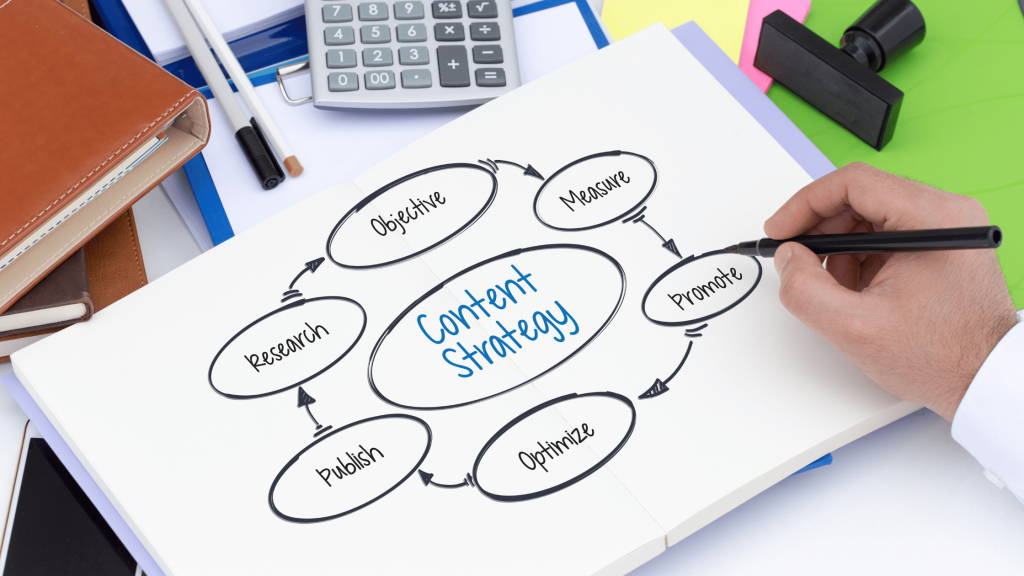According to the Content Marketing Institute (CMI), content marketing basics is a long-term strategic marketing approach that aims at creating and distributing valuable, relevant, and consistent content to attract and retain a clearly defined audience that drives profitable customer action.
Why is content marketing important?
- Builds trust and reputation
By creating content that is authentic, reliable, and relevant for the target audience, a brand can build trust and reputation. The idea is to focus on value addition and not just on promotion. For example, Cadbury Silk ads during Raksha Bandhan, shows how gifting a Cadbury can make one feel special and loved. The content has strong emotional appeal as it focuses on the bond shared by siblings.
- Influences customer conversions
Good quality, informative content can help brands not only build trust but also accelerate customer conversions. Brands can leverage content to improve customer experience by providing appropriate information that is essential for them to make an informed purchase decision. Content can reflect a brand’s tone and voice which can pave the way for more conversions.

- Builds long term relationships
With an increased level of trust comes a stronger and warmer sentiment towards the brand. By constantly engaging with the existing customers through the right set of content formats and content planning, a brand can effectively build long-term relationships with their customers. Personalisation is essential in today’s highly competitive environment. brands can creatively use content to connect with customers on a personal level through different channels that are aimed to establish long term relationships. For example, brands like Nykaa are known for making their customers feel special on their birthdays with special mailers, text messages, coupon codes or birthday gifts
- Differentiates from competitors
While the process of following a content marketing strategy or the mediums through which content marketing is carried out remains largely similar to the competitors, a brand can differentiate itself from the competitors by having unique content that is specific to the brand itself. Such content should have the ability to retain the brand and its values in the minds of the audience.
Amul is a classic example of how brands can creatively use content to attract and retain attention. No matter how many butter ads come out, you can easily remember and relate to the Amul ads. They are quirky, relevant, and relatable with minimal product and brand promotion. Their infamous mascot, the Amul Girl, and the tagline “Utterly Butterly delicious” is sufficient to recall the brand. Therefore, a strong and well-defined content strategy differentiates brands from their competitors.
Content marketing basics along with consumer funnel
- Attract
The first step is to gain attention and attract customers . This is where SEO/ SEM, blogs, social media platforms and website content play an important role. In such scenarios, the content should be crisp and as attractive as possible to pull the customer towards the brand.
- Convert
At this stage, content should be aimed at conversions. This can be done by using CTAs (Call to action), landing pages, forms, and other optimization techniques. Content and content formats must be persuasive,relevant and relatable.
- Close
Sometimes customers may need a little extra nudge to complete the required action. Hence, at this point, content should be directed towards trying to close a conversion positively if it hasn’t happened yet. Email marketing, CRM, lead scoring and mobile notifications / reminders are some ways to close a conversion.
- Delight
This is the final step in the consumer funnel. This involves targeting content in a way to establish a loyal customer base. This can happen by setting up loyalty programs, proper feedback channels, and after-sales service.
Types of content formats
Depending on various factors, different people consume content in different ways. This is why a variety of content formats are used to cater to the same or different target audiences depending on the brand’s goals. Therefore, it is important to have a mix of various content formats to reach the correct audience in the most efficient and effective manner. These are some of the most used content formats:

1. Infographics
Infographics are pictorial representations of statistical data to make it easier to consume for viewers. Eye catching graphics and color schemes can be used for such a content format. It should be balanced with a combination of structured and crisp copy, attractive visuals and plenty of space for an organized look.
2. Blogs
Blogs are informative written content pieces that are quality driven. These are usually between 1000 to 2500 words long withdetailed information about a particular topic. Very much like the blog you are reading right now! Blogs typically include keywords that help in boosting website ranking on the Search engine result page (SERP). Relatable and informative content are some SEO best practices to keep in mind while writing blogs.
3. Customer testimonials
Testimonials are value additions to any brand or business. They help in creating a sense of trust and credibility as it involves word of mouth.
4. Shopping guides
A detailed written guide to assist the reader is called a shopping guide. It helps in understanding complex products or services provided in a simple and clear manner .
5. Videos
Videos are considered to be the most popular and engaging formats. They not only help in running stand alone campaigns but have the power to boost other content formats. For instance, a video may be used to support a blog and drive traffic to the website. One important criteria to keep in mind while creating a video is to ensure that the first few seconds of the video captures the attention of the audience.
6. Podcasts
Podcast content is the easiest to consume as it can be heard anywhere and therefore doesn’t take up too much time. Consistency is the key when it comes to podcasts to build a dedicated audience.
7. Contests
Online contests are a great way to build an audience. discount codes and freebies can be used to incentivize them for taking the desired action. This can also help to accelerate brand recognition.
8. Social media
This is the most widely used medium as it requires low monetary investment that has the potential to yield higher returns . With the increased number of social media users, brands can now reach a larger audience across geographies with limited resources.

To conclude, having a targeted and strong content strategy can work wonders in getting you good brand reach, eventually leading to good sales and a loyal customer base.
There are Infinite ways to develop a good content plan reach our to the top marketing agency in Chennai and let’s explore them together!
Get in touch with us to know more.

